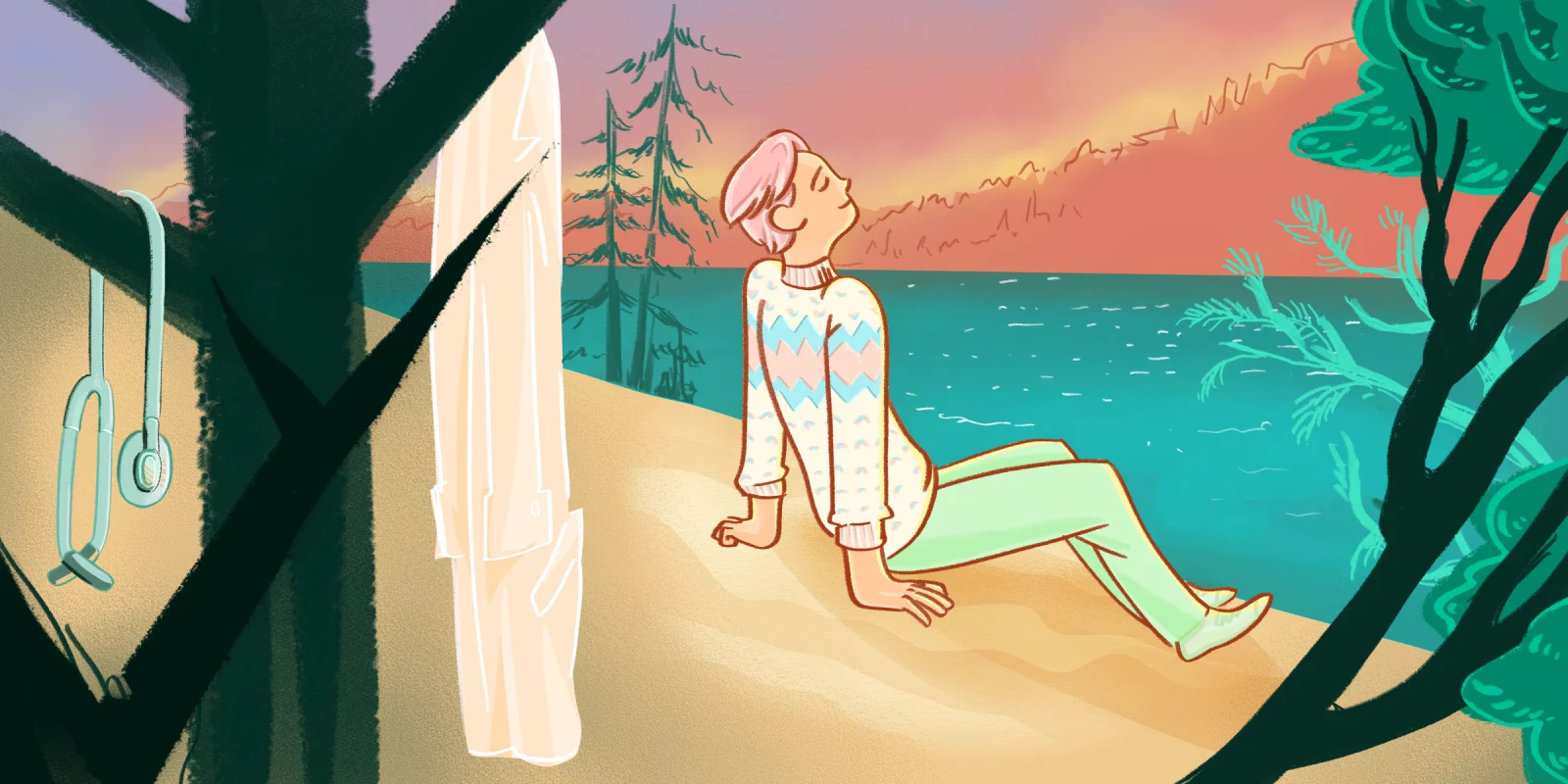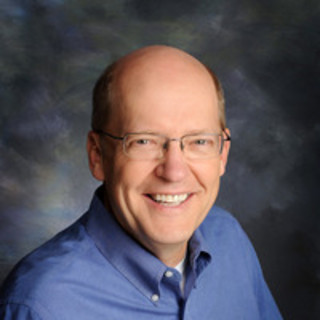Much has been written on the topic of physician burnout. Indeed, up to 80% of physicians are at risk. The symptoms of emotional exhaustion, depression, and diminished sense of personal accomplishment are well-documented. Subsequently, many consider an alternate career path. Even though the data are elusive regarding the actual percentage of physicians doing so, it is nonetheless a reality. These percentages, regardless of where they truly lie, need to be lowered.
No one can tell us when burnout begins, but regardless, all physicians are at risk. Remember the joy and enthusiasm that came with the completion of residency or fellowship? Maintaining this emotional high is never emphasized during training. This continued joy and enthusiasm is certainly hoped for — and all too often assumed. However, at some point reality sets in and the risky and insidious path to depression and burnout can manifest.
Unfortunately, little is written about the preemptive steps available to reduce the risks of physician burnout and its subsequent effects. Most suggested solutions deal with either an individual approach or a systemic approach. Individual steps offered include considering part-time work, assessing practice choices, self-reflection, or exercise programs. Systemic measures address such topics as fair productivity targets, limited duty hours, improved work efficiency (EMR and increased support staff), and employer awareness of home responsibilities.
My suggestion is to address the issue before it starts. Over the course of my career, I have observed that the happiest and most well-adjusted physicians are oftentimes the ones that are well-versed in the art of the vacation. Studies are not required to prove the importance of recharging one’s batteries. The vacation is usually the most obvious and consistent method employed. The p-value of a successful vacation does not need to be calculated to assess its absolute value.
While discussing this very issue with an optometrist friend, he made the comment, “One’s time off should be considered as much a part of the job as the job itself.” This nugget of insight applies to the new medical professional as well as for anyone who has been at it for years. To assist the medical professional who feels at risk of burnout, I offer the following four tips to perfect the art of taking a vacation and thereby preemptively arresting stress and its sequelae.
- Adjust your schedule to your advantage. Within a week of returning from my first vacation as an eager, recently minted ob/gyn, rest eluded me. Getting out of town on time had been stressful, dealing with all the last-minute issues. And upon my return, I was inundated with patient messages, lab reports, and office concerns that demanded immediate attention. It was then and there I vowed to do things differently to deal with these stressors. Prior to my next vacation I scheduled the afternoon off before departing as well as the morning off the day I was due back in the office. Over the years, this built-in relief valve played a pivotal role in keeping burnout at bay.
- Plan a vacation involving an activity — be it intellectual or physical — that takes your mind off any worries you left behind. Our lives are dictated by our schedules, and these schedules have no regard for our risk of burnout. To keep from muttering upon your return, “I need a vacation after taking my vacation,” avoid planning a vacation that finds you adhering to a demanding schedule. Week-long workshops on any number of activities from sailing to building a shed can be discovered. Book a white-water rafting adventure or a bicycle tour of wine country.
- The entire goal of vacation is to rest and to limit or avoid stress. Vacationing with friends, while it sounds inviting and enjoyable, may very well be counterproductive. It isn’t that one shouldn’t vacation with friends, but be careful in doing so. Are all the parties compatible? Are you able to set boundaries to allow quiet time to yourself and your companion? Perhaps a trial weekend away with your friends prior to committing to an entire week or two should be considered. Again, the goal is to limit stress, not invoke it.
- More frequent and shorter vacations may work for you. After all, there are some who simply find it hard to be away for two weeks at a time for whatever reason. If you can take off a Monday and Tuesday or Thursday and Friday every two months, consider doing so to quickly recharge your batteries.
Extended vacations or long weekends are not the only ways to reduce the risk of burnout. Your batteries can be trickle charged by engaging in a hobby. The hour or two devoted to an activity or task that whisks you away to where your daily stresses don’t dwell can be beneficial. Having a hobby has the inherent benefit of better preparing one for retirement.
One activity that can be embraced immediately and regularly is journaling. To be able to commit your thoughts and vent your frustrations to a journal is cathartic, not to mention a lot safer than expressing an idea or suggestion — trust me on this one — at a meeting with the CEO of the hospital where you are employed. If writing is something you enjoy, take advantage of the benefits of journaling by experimenting with literary techniques and style. Try to improve the mechanics of dialogue or writing in the first or third person.
Whatever your approach to reducing the risk of burnout, I urge you to consider the insightful comment by my friend Dr. Brenny: “One’s time off should be considered as much a part of the job as the job itself.”
What is your approach to taking time off? Share your experiences below.
Lloyd Holm is a retired obstetrician who lives in Cottage Grove, Minnesota with his wife, Gretchen. He has authored two novels and a children’s book and his writings have appeared in the Omaha World Herald, The Female Patient, Iowa Medicine, Contemporary OB/GYN, Hospital Drive, the American Journal of Obstetrics and Gynecology, and Obstetrics and Gynecology. While a member of the teaching faculty at the University of Nebraska Medical Center in Omaha, he received the Dean's Award for Excellence in Clinical Education and The Hirschmann Golden Apple Award. Dr. Holm was a 2021-2022 Doximity Op-Med Fellow, and is currently a 2022-2023 Doximity Op-Med Fellow.
Illustration by April Brust







